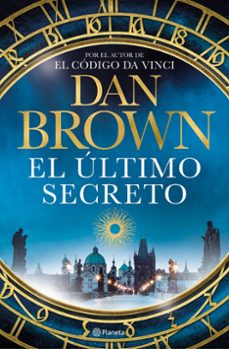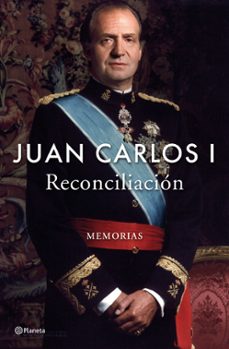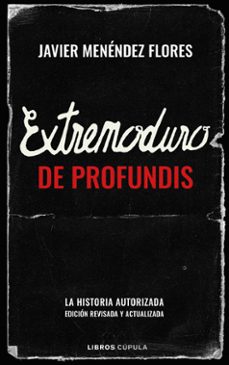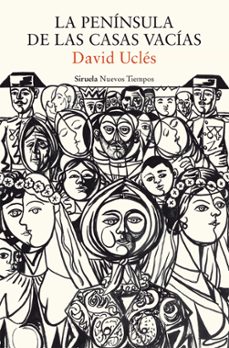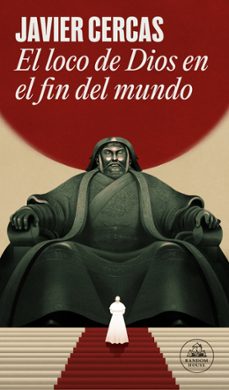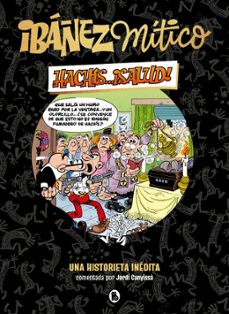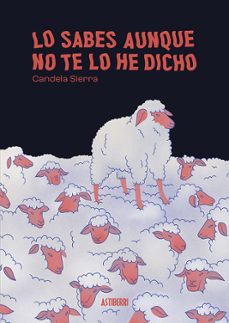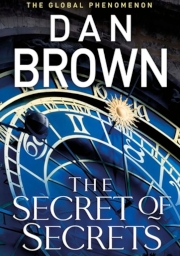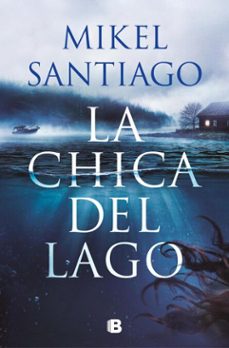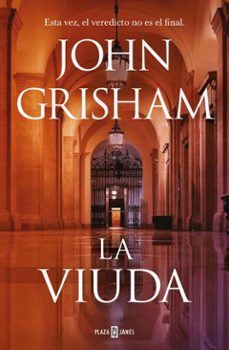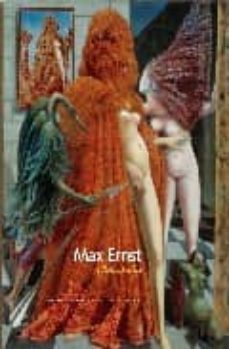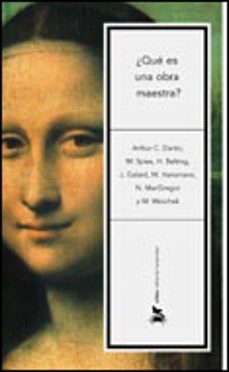Imprescindibles
Más vendidos Libros más leídos eBooks más leídos Todos los libros Todos los libros Autores destacados Series y sagas
Recomendados Libros recomendados Autores destacados Libros que inspiran Vidas con historia LGTBIQ+ English books
Ficción
Literatura Contemporánea Estudios literarios Clásicos Cuentos Poesía Teatro Libros de bolsillo Sagas literarias
Géneros literarios Novela romántica y erótica Novela negra Novela histórica Narrativa fantástica Novela de ciencia ficción Novela de terror Narrativa de humor Narrativa de viajes
No Ficción
Ciencias y tecnología Biología Ciencias Ciencias naturales Divulgación científica Informática Ingeniería Matemáticas Medicina Salud y dietas Formación Idiomas Estilo de vida Libros de Cocina Guías de viaje Narrativa de viajes Deportes Libros de Juegos Manualidades
Humanidades Autoayuda y espiritualidad Ciencias humanas Derecho Economía y Empresa Psicología y Pedagogía Filosofía Sociología Filología Biblioteconomía Estudios filológicos Estudios lingüísticos Estudios literarios Historia y crítica de la Literatura
Infantil
Juvenil
#Jóvenes lectores Narrativa juvenil Clásicos adaptados Libros Wattpad Libros Booktok Libros de influencers Libros de Youtubers Libros Spicy Juveniles Libros LGTBIQ+ Temas sociales Libros ciencia ficción Libros de acción y aventura Cómic y Manga Juvenil Cómic Juvenil Manga Shonen Manga Shojo Autores destacados Jennifer L. Armentrout Eloy Moreno Nerea Llanes Hannah Nicole Maehrer
Libros de fantasía Cozy Fantasy Dark academia Hadas y Fae Romantasy Royal Fantasy Urban Fantasy Vampiros y hombres lobo Otros Misterio y terror Cozy mistery Policiaca Spooky Terror Thriller y suspense Otros
Libros románticos y de amor Dark Romance Clean Romance Cowboy Romance Mafia y amor Romance dramatico Romance dramatico Romcom Sport Romance Otros Clichés Enemies to Lovers Friends to Lovers Hermanastros Slow Burn Fake Dating Triángulo amoroso
Cómic y Manga
Novela gráfica Novela gráfica americana Novela gráfica europea Novela gráfica de otros países Personajes, series y sagas Series y sagas Star Wars Superhéroes Cómics DC Cómics Marvel Cómics otros superhéroes Cómics Valiant
eBooks
Literatura Contemporánea Narrativa fantástica Novela de ciencia ficción Novela de terror Novela histórica Novela negra Novela romántica y erótica Juvenil Más de 13 años Más de 15 años Infantil eBooks infantiles
Humanidades Autoayuda y espiritualidad Ciencias humanas Economía y Empresa Psicología y Pedagogía Filosofía Historia Historia de España Historia Universal Arte Cine Música Historia del arte
Ciencia y tecnología Ciencias naturales Divulgación científica Medicina Salud y dietas Filología Estudios lingüísticos Estudios literarios Historia y crítica de la Literatura Estilo de vida Cocina Guías de viaje Ocio y deportes
WERNER SPIES
Recibe novedades de WERNER SPIES directamente en tu email
Filtros
Del 1 al 7 de 7
YALE UNIVERSITY PRESS 9780300107180
Max Ernst (18911976) was a pivotal figure in the history of twentieth-century art. A leader of the Dada movement in Germany, he later joined the circle of writers and artists gathered in Paris around Andre Breton, the unofficial founder of the Surrealist movement. At the outset of World War II, Ernst fled Germany for the United States, first going to New York and eventually settling in Sedona, Arizona. Ernst returned to Europe in 1950 and continued to explore Surrealist imagery and methods throughout his life. This important book accompanies the first retrospective exhibition of Ernsts work held in the United States in thirty years. It examines his pioneering accomplishments in painting, collage, and sculpture and considers his use of the techniques of frottage, grattage, and decalcomania. Also featured are Ernsts unique collage novels--narratives comprising disparate images culled from nineteenth-century engravings and combined in surreal, unsettling compositions. Leading scholars write on various aspects of Ernsts life and art: Werner Spies on Ernst in America; Ludger Derenthal on Ernst and politics; Pepe Karmel on Ernst and contemporary art; Thomas Gaehtgens on Ernst and the old masters; and Robert Storr on the collage novels.
Ver más
Tapa dura
SPIES, WERNER y VOLZ, WOLFGANG
POLIGRAFA 9788434304543
Otros
Editorial Crítica 9788484323914
¿Qué es una obra maestra?Nadie discute hoy que El jardín de las delicias, Las meninas, La ronda de noche, Los girasoles o Las señoritas de Aviñón son obras maestras de la pintura europea: se trata de cuadros universalmente conocidos, reproducidos hasta la saciedad y que han generado una verdadera avalancha de estudios especializados. Pero ¿por que estas obras suscitan una estimacion superior a la de muchas otras creaciones sobresalientes? La razon no es simple, y apunta tanto a los valores intrinsecos de esas piezas como a un conglomerado de factores externos de orden historico, social y cultural. En el presente libro, un selecto grupo de expertos (integrado por Arthur Danto, el mayor teorico de arte en la actualidad, y una serie de reconocidos profesionales de los principales museos de Europa) ofrece las principales respuestas a esta compleja cuestion, desde perspectivas complementarias y con atencion especial a los momentos cruciales en la forja de la nocion de obra maestra (el Renacimiento italiano, la aparicion del museo moderno a finales del siglo XVIII, las vanguardias contemporaneas), sin descuidar un analisis concreto, en el que explican los motivos que han convertido al Guernica en la obra maestra pictorica del siglo XX por antonomasia.
Ver más
Tapa blanda
Del 1 al 7 de 7

